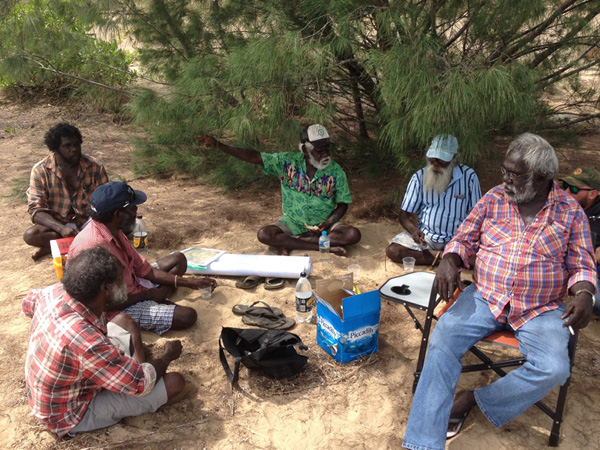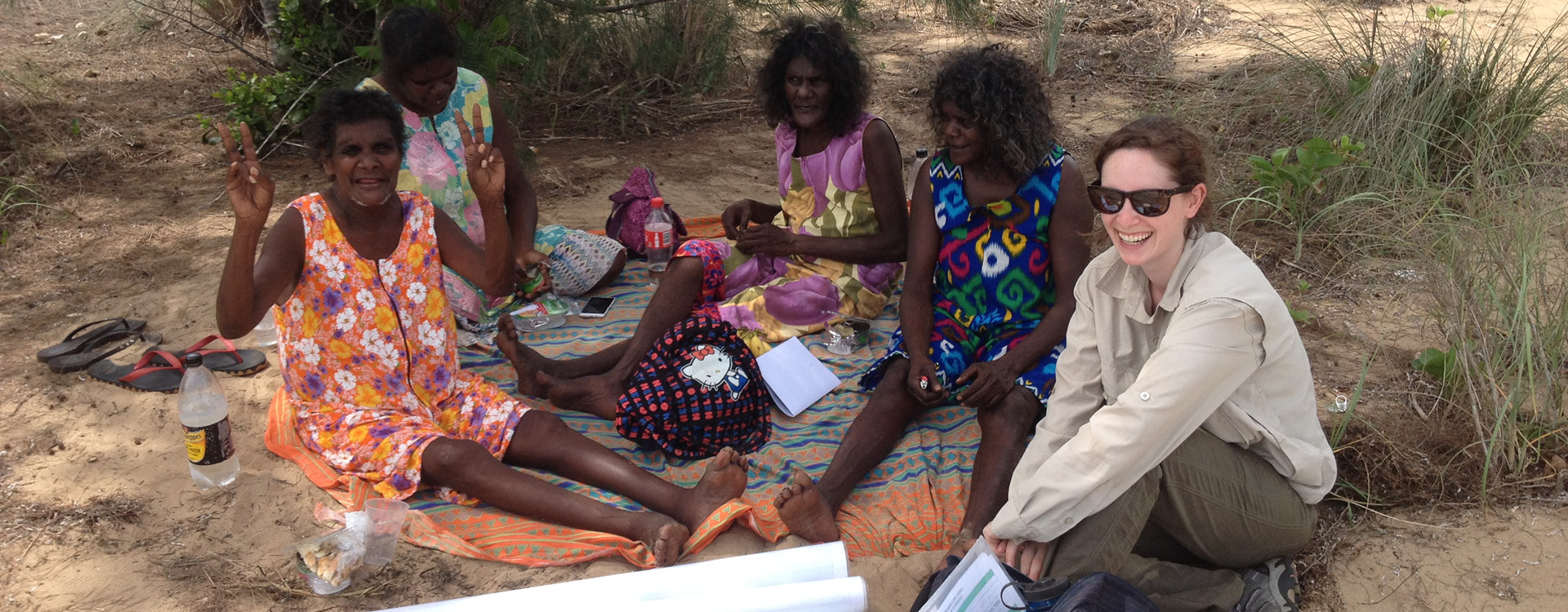
Anthropology
The time-depth of culture for Aboriginal Australia stretches back approximately 75,000 years. It is one of the oldest living, continuous cultures on the planet.
When we talk of Aboriginal Australia, the term ‘culture’ becomes inseparable from discussions about Land or ‘Country’ and the clan’s spiritual relationship to these spaces. Such spaces can include seas, cosmology, landscapes, people, flora and the fauna. It can also include totemic designs, the highly encoded drawings that explain clan ownership to lands and clan membership. All of these parts are viewed as an interconnected whole by the Anindilyakwa people.
Here at the ALC, the economies, technologies, values and other ‘domains of social and cognitive organisation’ are also viewed as part of the term ‘culture’. Today, these domains are being researched, described and recorded in digital format to enable the safekeeping and transmission of culture, into the future.
We are still researching the length of time that the Groote Archipelago has been occupied by the Anindilyakwa people. To do this, we turn to the elders, their language, oral histories, genealogies, rock art, artefacts, burial grounds and occupation sites, in the hope that we will unlock the island’s time capsules. However, there are some secrets that are not others to know.
Groote Eylandt culture is highly gender separate with different types and degrees of knowledge disseminated to each gender within an age aggregate. The Preserving Culture Department employs a male and female anthropologist to engage with key elders and community members to research, record and retain elements of their traditional culture, deemed of significance to them.
They also work within a mining context to assist the Anindilyakwa people to identify sites within the leased areas. This invaluable record of research, where deemed un-restricted, may one day be available to the broader Australian academic community and potentially the world. Other, highly restricted cultural knowledge is preserved for posterity to be returned to the community.
Men’s business and women’s business with the dedicated anthropologists, male and female are able to record important secret-sacred information. As the anthropologists also work as social advocates, their work ensures equal opportunity to both genders, in terms of broader community engagement and consultation processes.
History
Visitors have been coming here for a long time, with Macassan and Bugis sailors first arriving in their boats some 400 years or more ago searching for ‘beche de mer’ (the sea cucumber or trepang), highly valued for trade with Southern China.
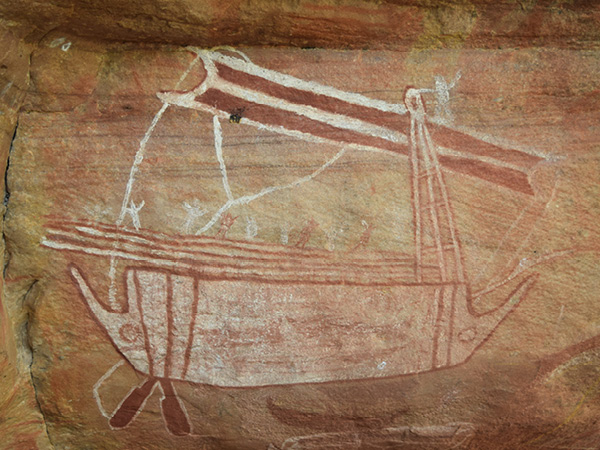
Traditional Culture
The Anindilyakwa people’s Dreaming stories explain how they were brought to Groote Eylandt on a series of songlines which created the land, rivers, animals and people, and which named everything pertaining to the region, laying down the rules of marriage, kinship and ceremonial law.

Site Protection
The Preserving Culture Department employs a male and female anthropologist to engage with key elders and community members to research, record and retain elements of their traditional culture deemed of significance to them.
A scared site is a place within the landscape that has meaning or significance within Aboriginal tradition or ‘Dreaming’.
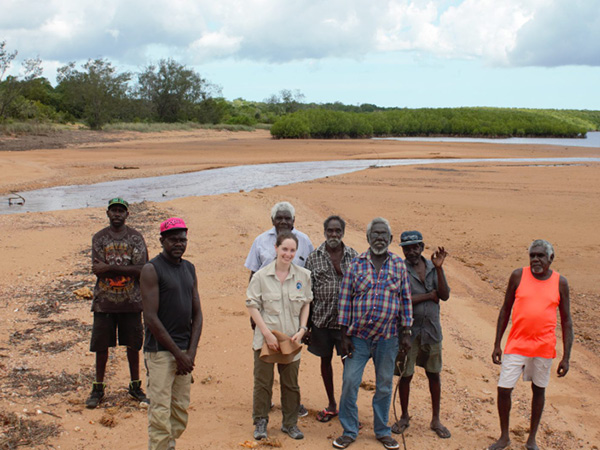
Research
Many research projects, including a project to conduct baseline studies of the marine ecosystem, biosphere and aquatic morphology; and research by archaeologists into traditional rock art, burials and Macassan sites, are ongoing on Groote Eylandt.
If you have a new research project that is of direct benefit to the Anindilyakwa people, please click on the link below for more information.
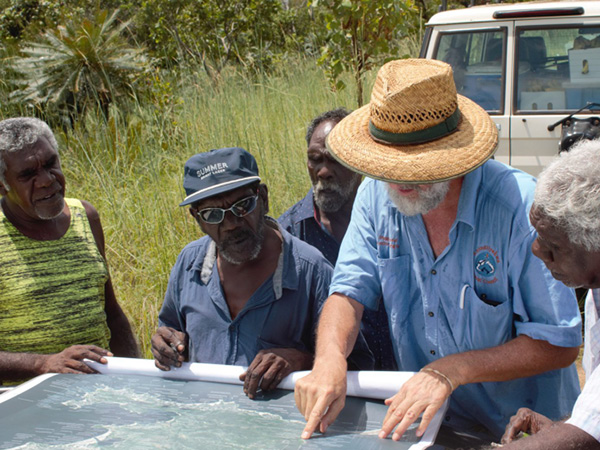
Cultural Reinvigoration
Those elements of Groote Eylandt culture that are enshrined in the world’s museums and art galleries are currently being sought out, to enable people on the island to re-engage and reintegrate with these dislocated objects of art, either in actual or photographic form.
The Preserving Culture Department plans to work with global and national cultural centres and other art institutions to encourage and inspire contemporary cultural practice.
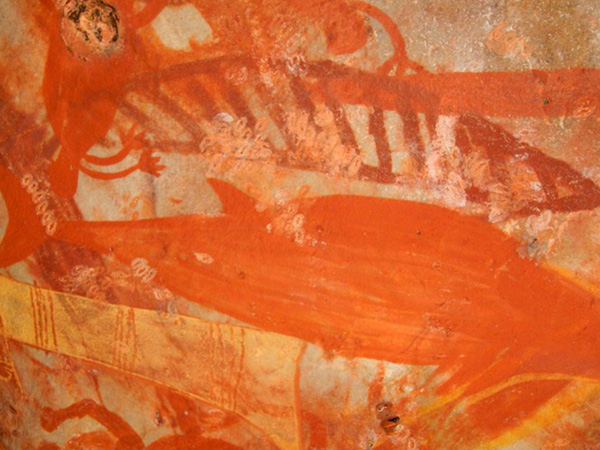
The Peacemaker Program
The Peacemaker Program on Groote grew out of a series of conversations between Roderick Mamarika and ALC Anthropologist Hugh Bland. These discussions identified a lack of formal community involvement in dispute resolution and a lack of support for those community members who informally sought to resolve community disputes.
